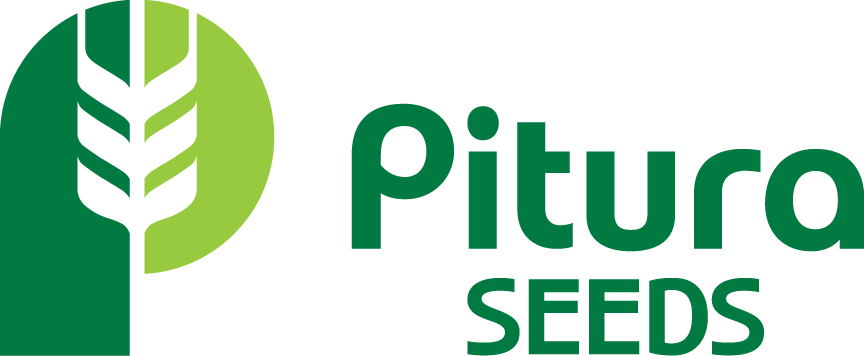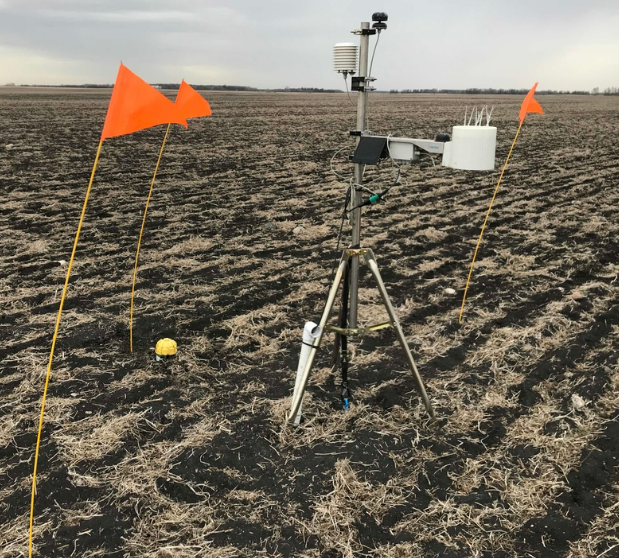What do you want to learn about this year's crop?
Every year producers make a crop plan. Whether you know it or not, hundreds of factors play a part in developing the crop plan. Historic data and results play a large role in most decisions, and often outcomes of the most recent years play the largest role (right or wrong). But it’s not just what we know that plays a role in crop planning, it’s also what we want to learn in the upcoming year that helps lay the ground work for the trials. For the article below I am going to highlight some of the trials we are planning on the farm, what we want to learn, why we think it’s important, and when you can hear about the results!
3rd Year Of Sub-Soiling Trial
In the fall of 2021, we started the third trial field. This means we will be measuring crop growth, yield, and water infiltration on 3 fields this year. By the end of 2022 we will have 6 site years of results from side by side comparisons over 3 years on 3 fields.
Field 13 & 14
2019-Fall Subsoil
2020- 7.8 bu/acre gain in soybeans
2021-6.5 bu/acre gain in Oats
2022- TBD yield benefit in Canola
Field 25 &26
2020-Fall Subsoil
2021-0.5 bu/acre bu loss in Soybeans
2022-TBD yield benefit in Oats
Field 19
2021-Fall Subsoil
2022-TBD yield benefit in Soybeans
More in depth result analysis can be found here.
https://www.youtube.com/watch?v=fFN9iEUAsZw&t=19s
Live look at Subsoiling in the field.
Harvest Lab 3000-Protein Sensing In The Combine
I often wonder how variable the protein development is, within the field, low spots vs. high spots, high yielding areas vs low yielding areas. It’s also common to hear large variances in protein while hauling from a single bin from a single field into the elevator. With this new trial and technology we hope to answer some of these questions.
This harvest we will be installing a HarvestLab 3000 on the bottom of the clean grain elevator on one of our combines. Partnering with Enns Bros, we are excited to see the live read out and map of protein of the grain being harvested. Wheat, canola, soybeans, oats and peas are going to be the crops it’s used on this coming year. Currently in Australia this is becoming a common practice by producers.
With this, we will not only be collecting protein data from every field, but it can then be correlated against yield for every field, to help understand if we are applying the right or wrong rates of fertilizer. To me, this is an important piece of equipment for helping us understand how variable rate fertilizer can be value added in areas such as the Red River Valley.
In year 1 we will be completing a top dressing trial on wheat with 28-0-0. Looking forward to trial year 2, we plan to attempt more variable rate Nitrogen trials on the farm.
Figure 1-Fall 2022, we will plan to evaluate spatial protein maps vs. Yield maps, to help evaluate our fertilizer program.
Evaluating If Pulses Get Lazy On High Nitrogen Soils
This was a hot topic last fall, and I suspect will be a topic of discussion in mid-June. Lots of producers, including ourselves had fields with high residual Nitrogen. The question is can we stick to our rotation and grow pulses (soybeans and peas) on these fields, without getting “lazy” nodules? With soybeans, we have a high comfort level of doing this as it took place in 2018 and had no “lazy” beans. We have not done this on our farm yet with peas, stay tuned if it’s possible or not.
More in-depth findings from last fall soil samples.
https://www.youtube.com/watch?v=q9nBvMaeeKA&t=1s
Cover Crops
After three dry springs in a row (minus right now), our objective is to keep the top soil in the field! After growing peas in 2021, we seeded 1 bu/acre of oats as a crop, to cover the exposed soil. Objective was to increase snow catch, retain water, prevent wind and water soil erosion. Emergence was a success, and the oats grew to 6 leaf stage. We banded nitrogen with points on 12 inch spacing, into the standing cover crop in late fall. The plan is to seed wheat directly into the cover crop. To date, no erosion has taken place on the field, and snow catch was increased. What is left to be learned? How cost effective of a solution it is, as long as establishing wheat is not hindered, and yield not negatively affected.
Some disgusting facts about wind erosion can be found here. (Recorded this time, last year)
https://www.youtube.com/watch?v=XkD2OvuEups
Others
Other trials that are always ongoing, depending on the weather patterns Mother Nature give us are growth regulators, new fungicide formulations, biologicals both on seed and in furrow, and new seed treatment options coming to the market in 2023
My question to growers, what trials are you doing on the farm, which products, practices are you most curious about? Any feedback is welcome, I believe we all better together the more information we can share amongst peers.
GOOD LUCK TRIALING IN 2022!
Laird Lampertz




